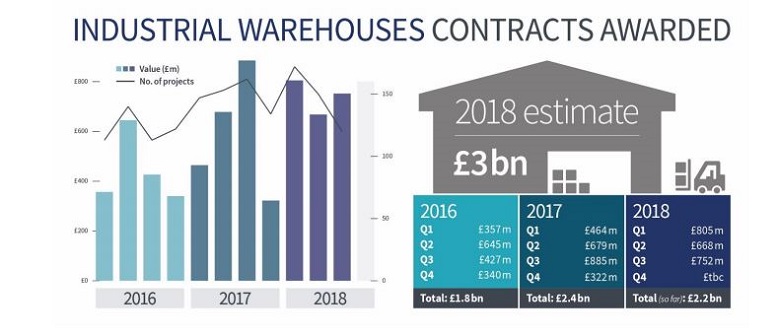The UK housing market is unlikely to see much change in 2019 with a continuation of weakening sales activity, according to the RICS UK Residential Housing Forecast 2019.
The UK housing market has lacked impetus in 2018, having continued to struggle with a lack of homes on estate agents books; affordability issues; uncertainty caused by Brexit; and prospective interest rate rises.
Looking ahead, it is unlikely that sales will grow in 2019. In the past two years, sales activity has declined, and annual completed transactions remain significantly below the 1.7million high reached in 2006. Given the obstacles in the current market it is anticipated that activity will weaken further.
As sales activity continues to falter, house price growth will continue to fade in the first half of the year and is expected to come to a standstill by mid-2019. As such, the RICS Housing Forecast 2019 suggests prices will neither grow nor fall in the near future (0%).
The stagnation of house prices is underpinned by the lack of new properties being listed for sale. In the second-hand market, not enough properties have been listed to replenish those sold. This has been evident in the RICS data throughout 2018, as average stock levels remain near all-time record lows. The number of new properties being listed for sale has fallen consistently, and in November, almost half of survey participants reported the number of market appraisals undertaken over the month was down on the year before. All these indicators suggest it is unlikely that the coming months will see a marked increase in supply across the second-hand market.
Furthermore, despite new policy announcements from Government, overall growth in new builds has slowed, falling short of targets and therefore failing to help replenish estate agents’ stock levels.
A consequence of these lower levels of stock is the impact this will have on those contemplating moving home. Respondents to the UK Residential Market Survey have pointed to a sustained decline in the number of new enquiries they are receiving from would-be buyers throughout 2018, resulting in a fall in the number of agreed sales being made. In the near term, it is doubtful that activity levels will improve.
Uncertainty created by the Brexit process is causing buyers and sellers to sit tight in increasing numbers, according to the November 2018 RICS UK Residential Market Survey.
In the lettings market, the sustained demand vs supply challenge prevails, which is likely to squeeze rents higher, albeit modestly, over the coming four quarters.
Tarrant Parsons, RICS Economist comments “Demand has tailed off over recent months, with Brexit uncertainty causing greater hesitancy as the withdrawal deadline draws closer. That said, the current political environment is far from the only obstacle hindering activity with a shortage of stock continuing to present buyers with limited choice, while stretched affordability is pricing many people out.
“For the year ahead, this mixture of headwinds is unlikely to dissipate, meaning sales volumes may edge a little lower. On the back of this, house price growth at a UK level seems set to lose momentum further, although the lack of supply and a still solid labour market backdrop will likely prevent negative trends.
“It’s not all bad news for the outlook however, as sentiment could be lifted if a deal were to be reached on the withdrawal agreement before too long. Furthermore, mortgage rates are set to remain favourable, with any changes in monetary policy expected to be minimal over the next twelve months.”
Hew Edgar, RICS Head of Policy, adds “We would hope that uncertainty around Brexit will be resolved toward the beginning of 2019, allowing for fluidity to start to return to the housing market. However, there are a number of domestic hurdles to overcome, such as a lack of supply, labour shortages, and the infrastructure deficit, amid increasing material costs.
“Throughout 2018 as the supply pipeline remained weak, a number of policy proposals were made to address the market issues, most notably land value capture across the UK, and vacant land tax in Wales; but discussions around innovative policy measures need to continue through into implementation. It will be interesting to see if the divergence of policy in the constituent parts of the UK will bear results and we will continue to monitor the effects of housing policy through our market surveys.
“Looking at transaction levels, residential property taxation is in urgent need of review; and this goes for both SDLT and the current council tax system. Both affect buying behaviours and therefore market activity, with council tax being particularly outdated.
“If the Government wish to alleviate market concerns, that will persist Brexit or otherwise, then all possibly approaches and outcomes should be considered, including looking at tackling the rising number of long term empty homes – which number 250,000 across the UK; a figure that borders on the Government’s new homes target.”





